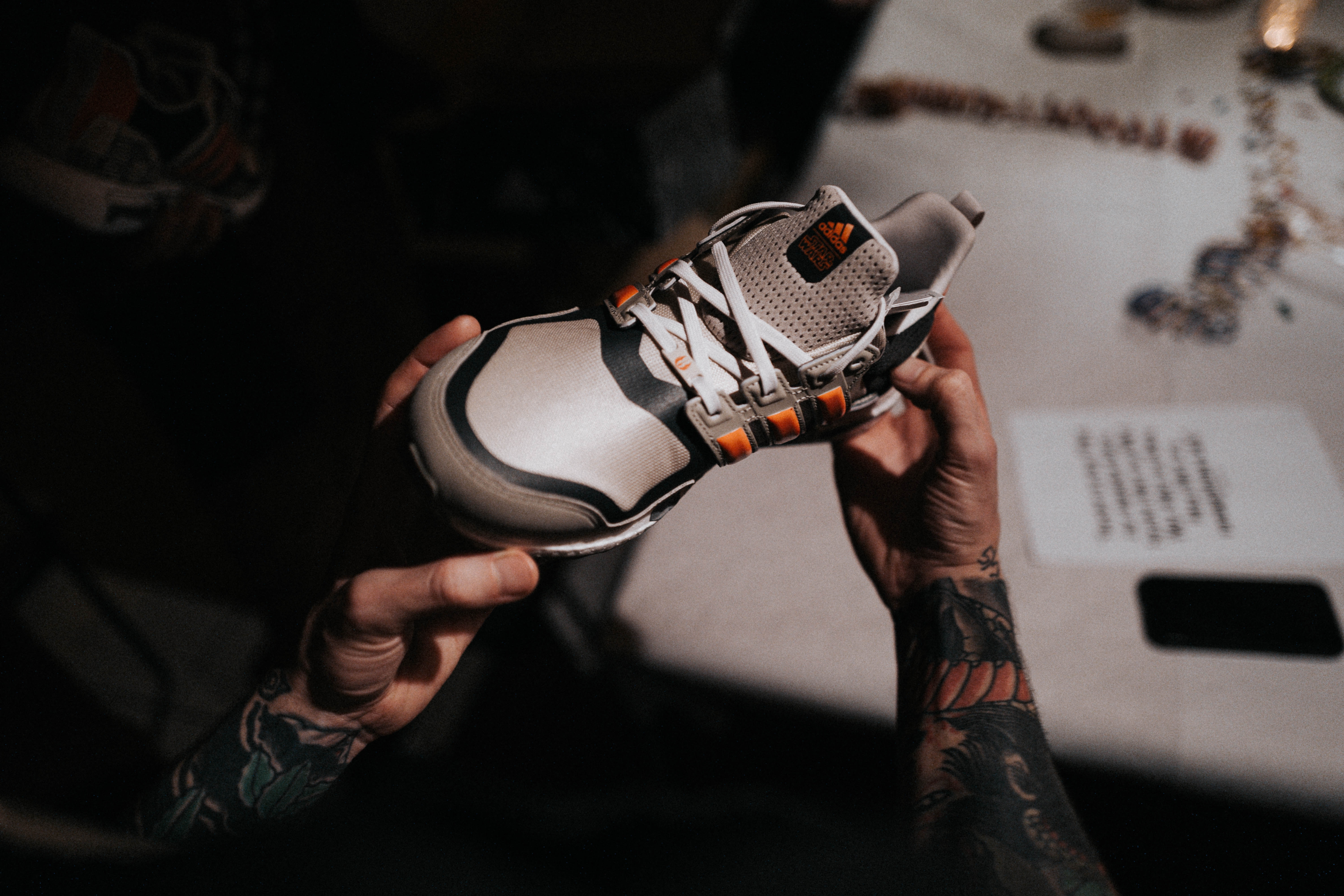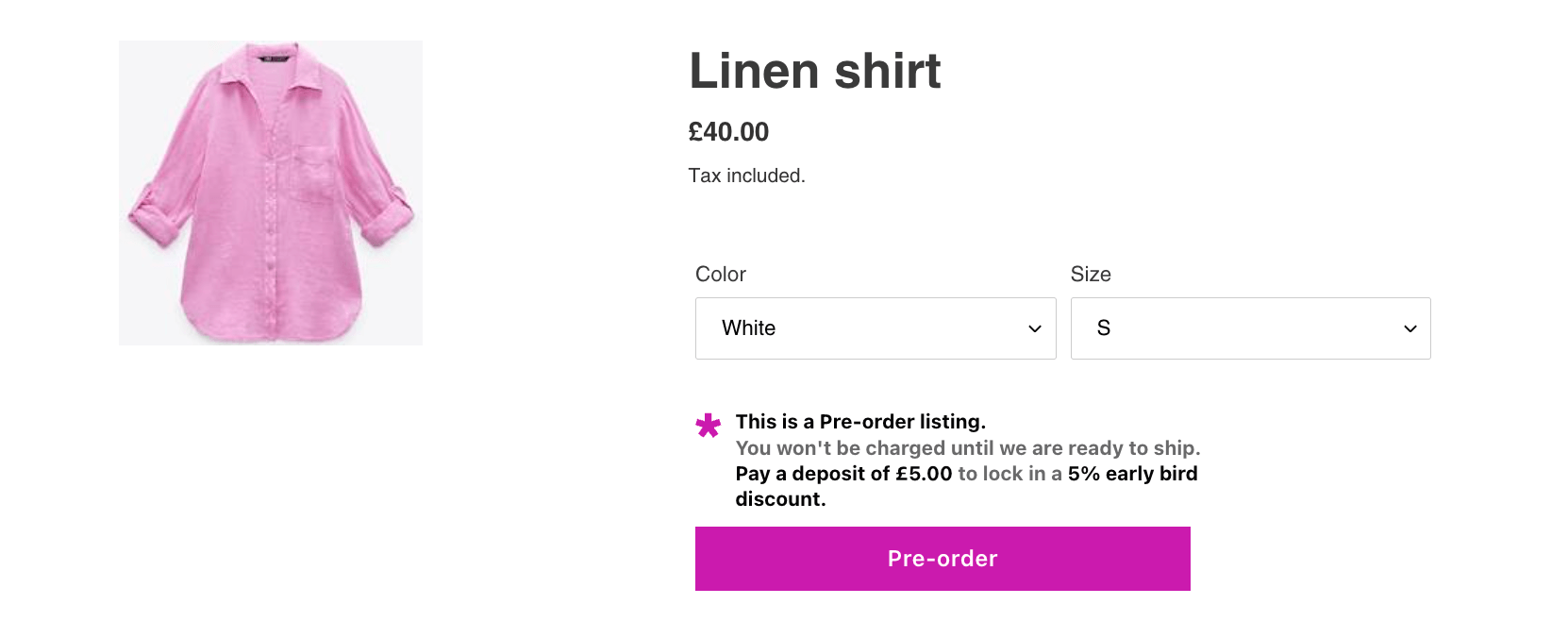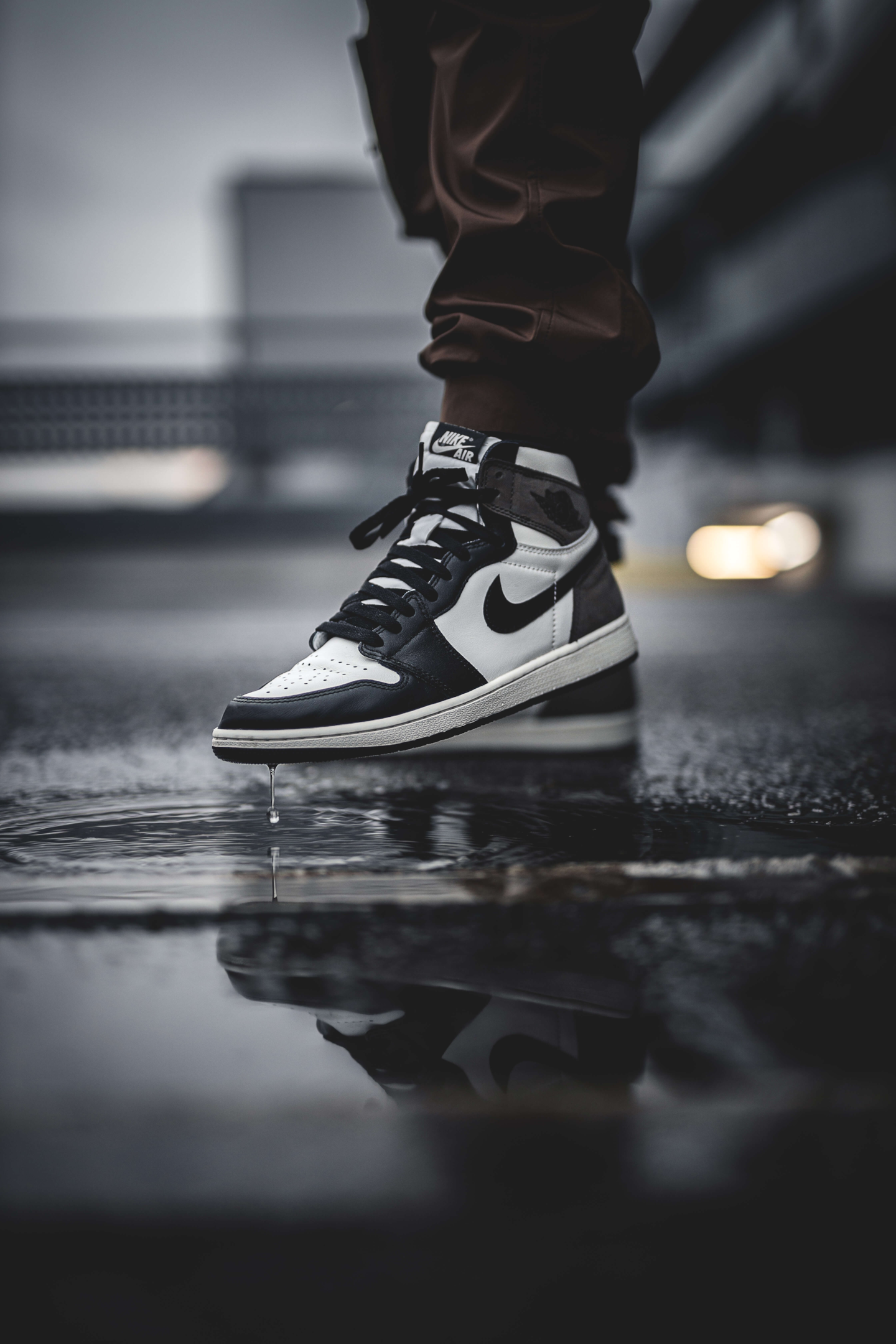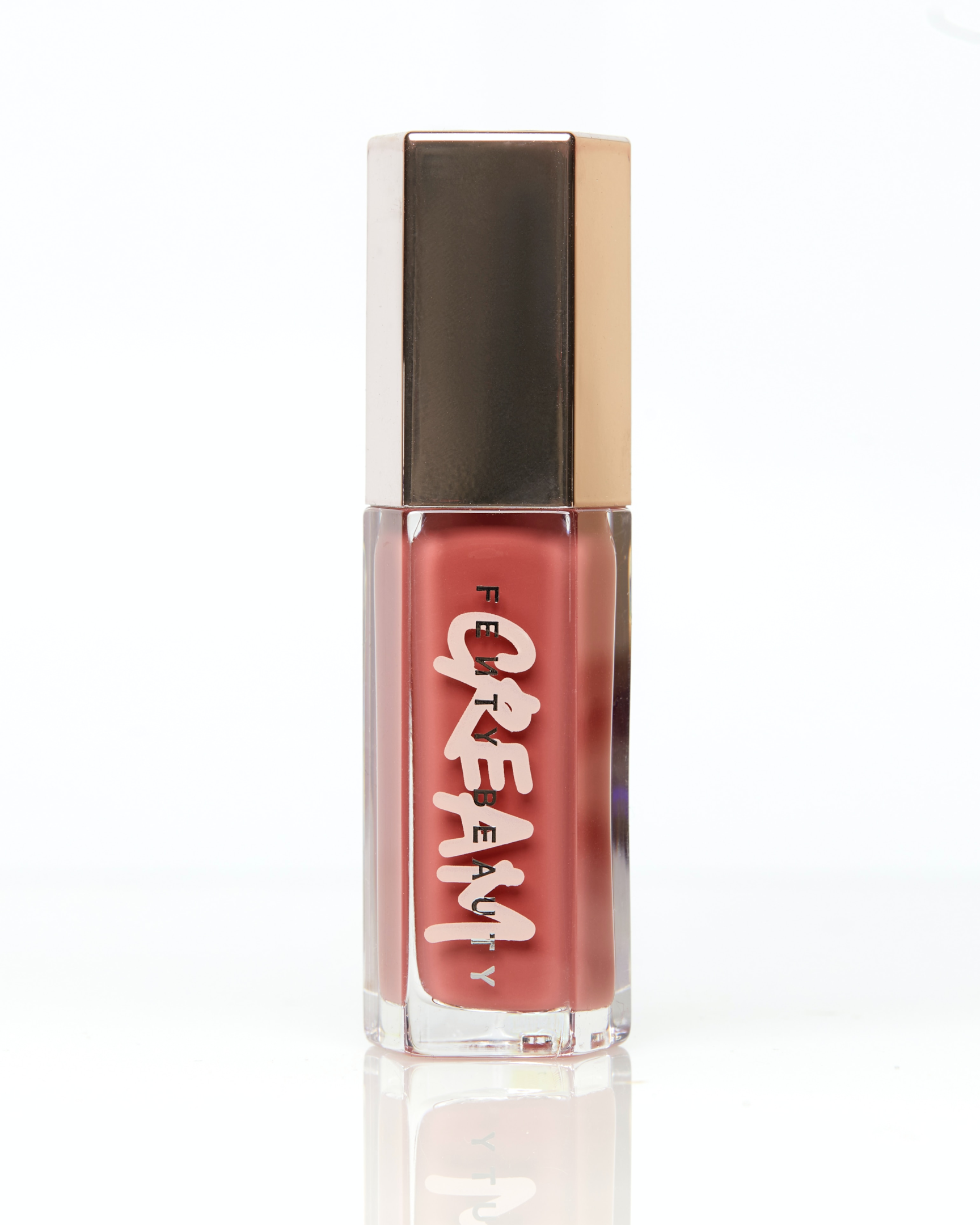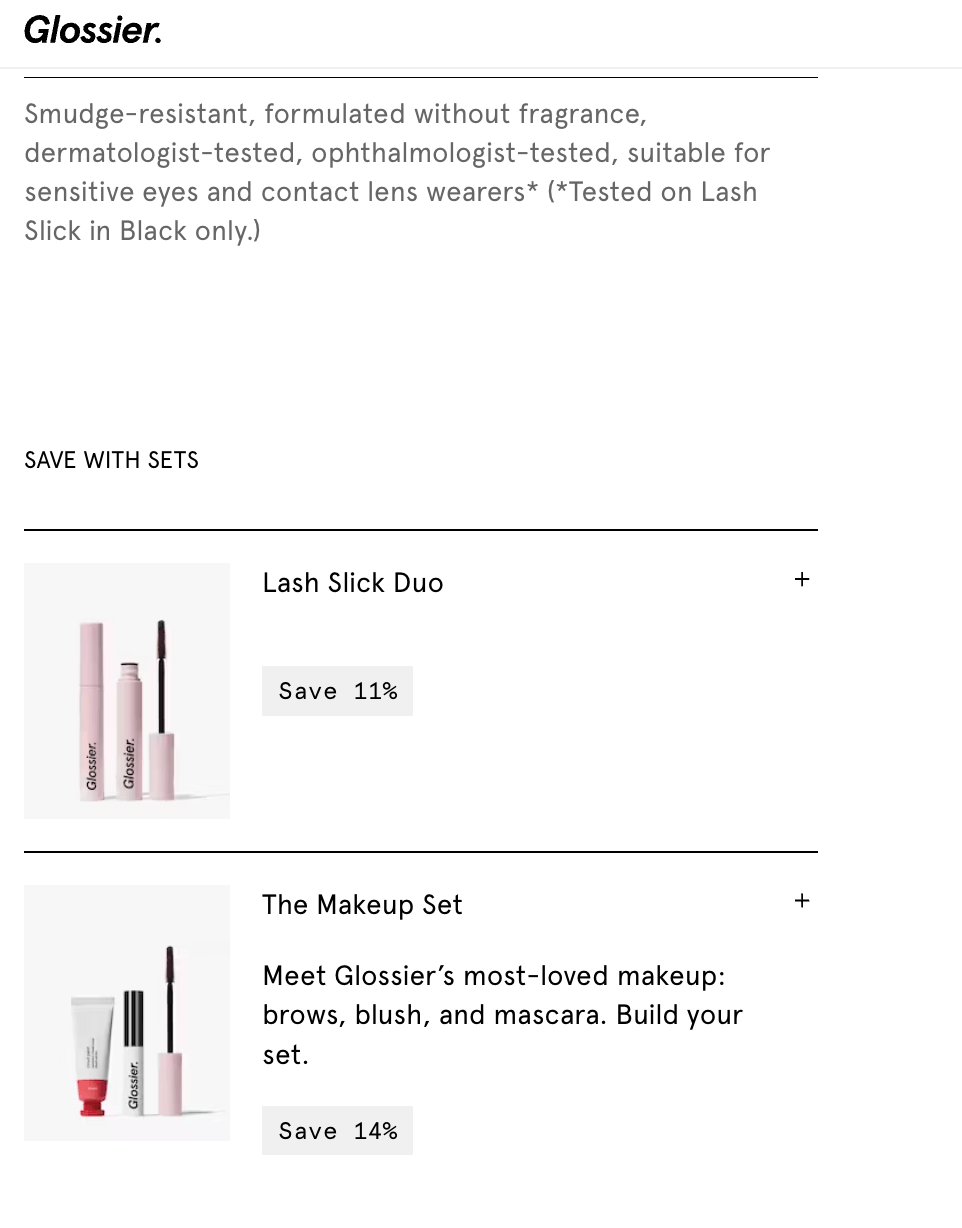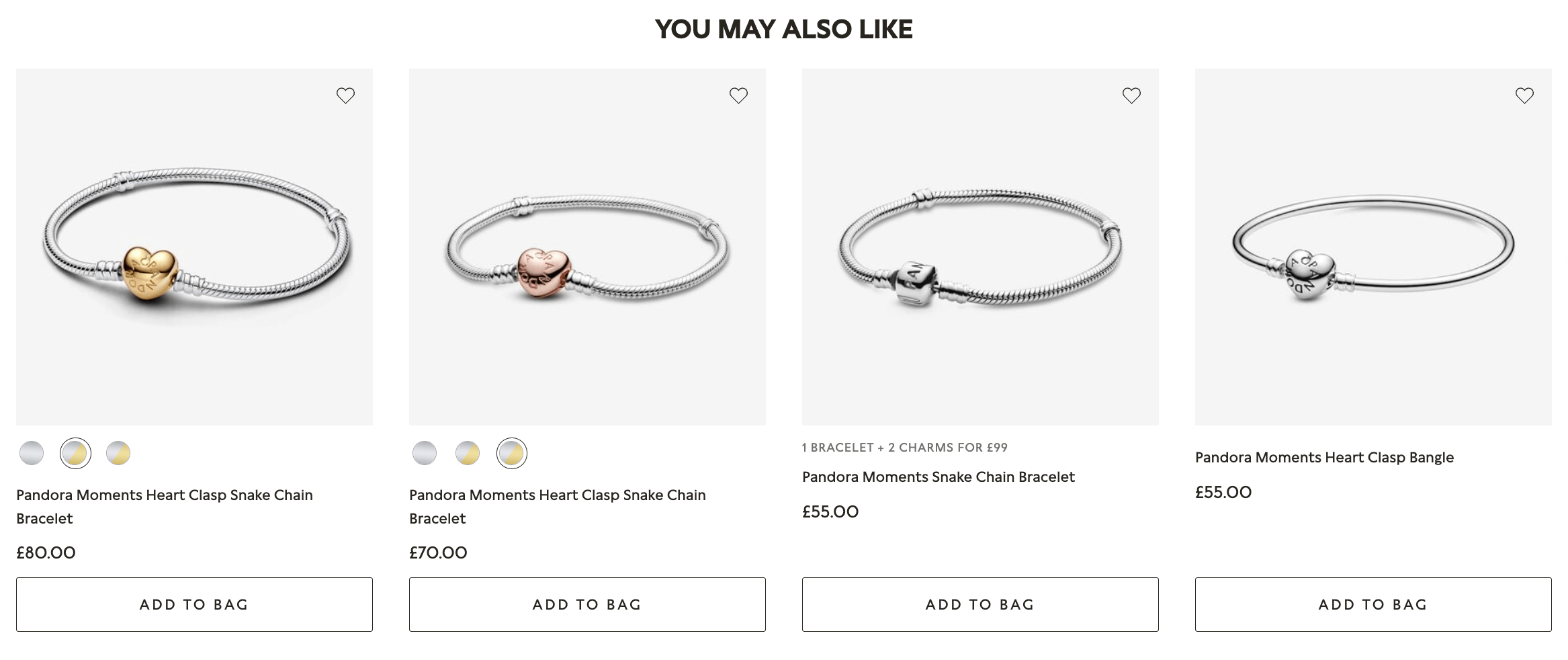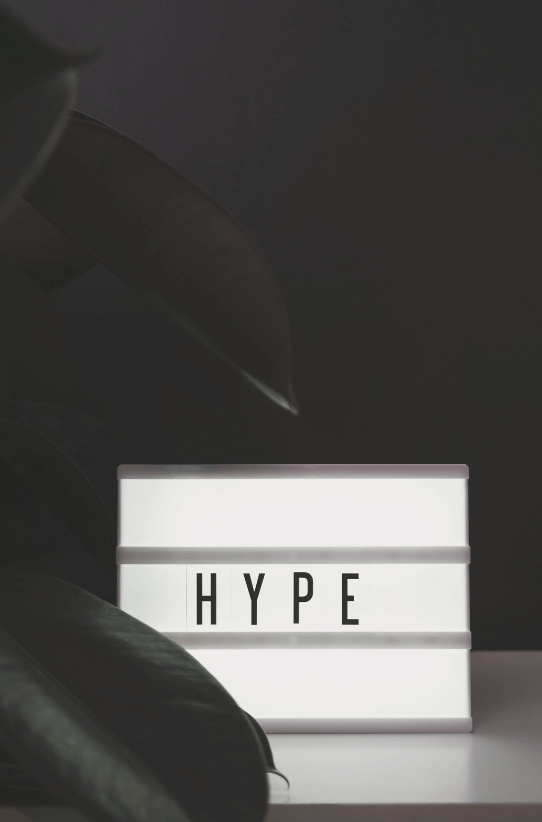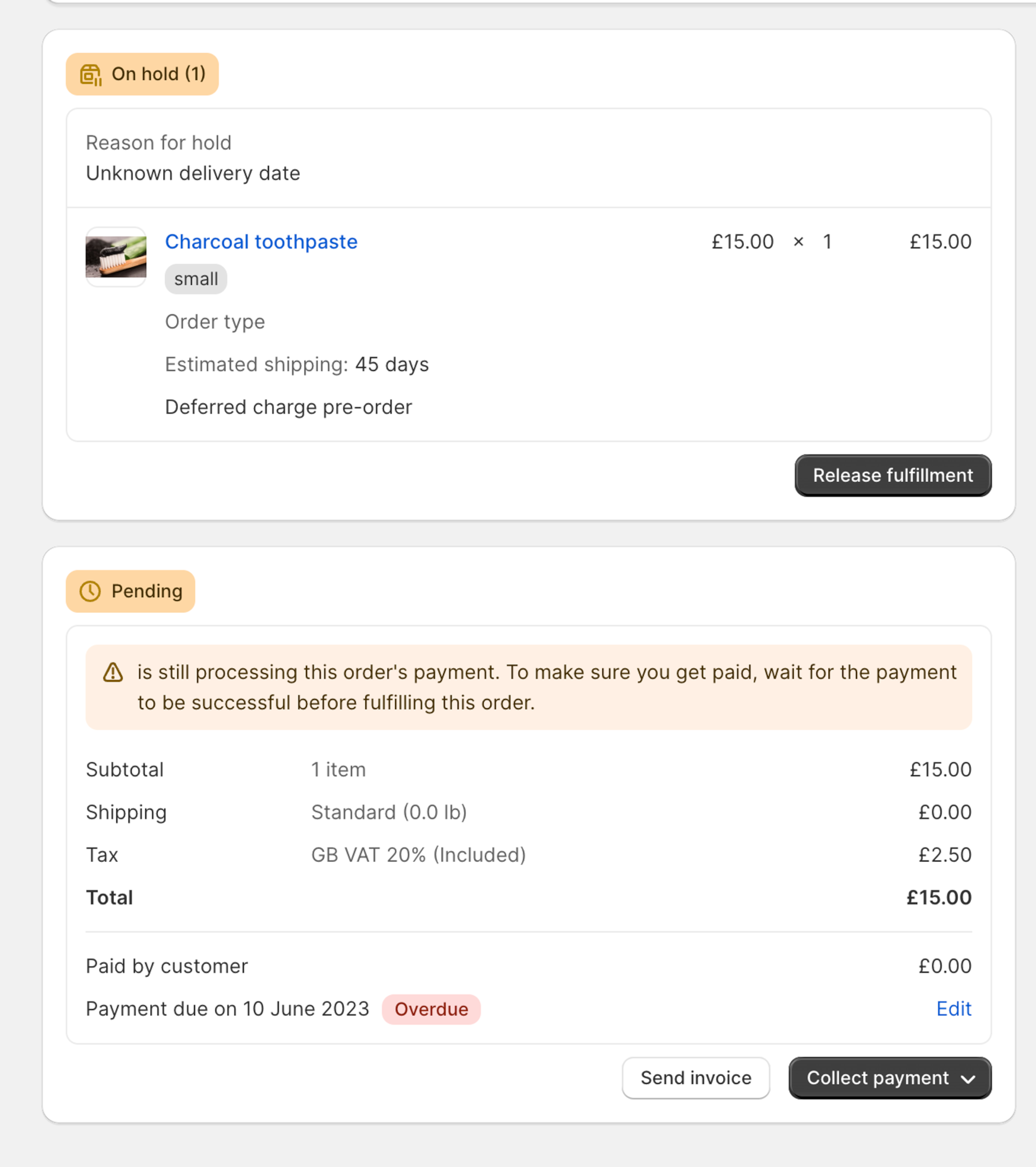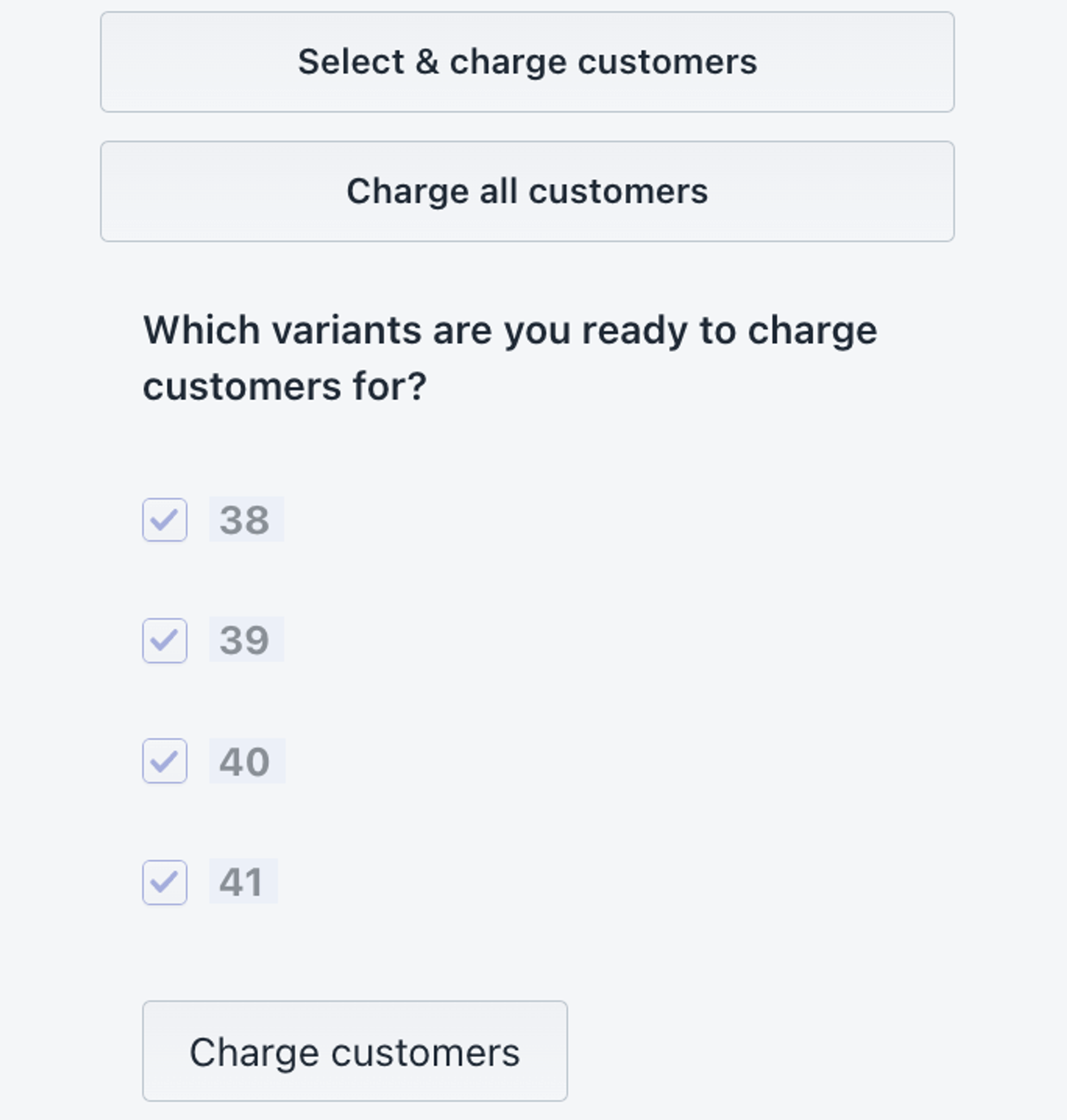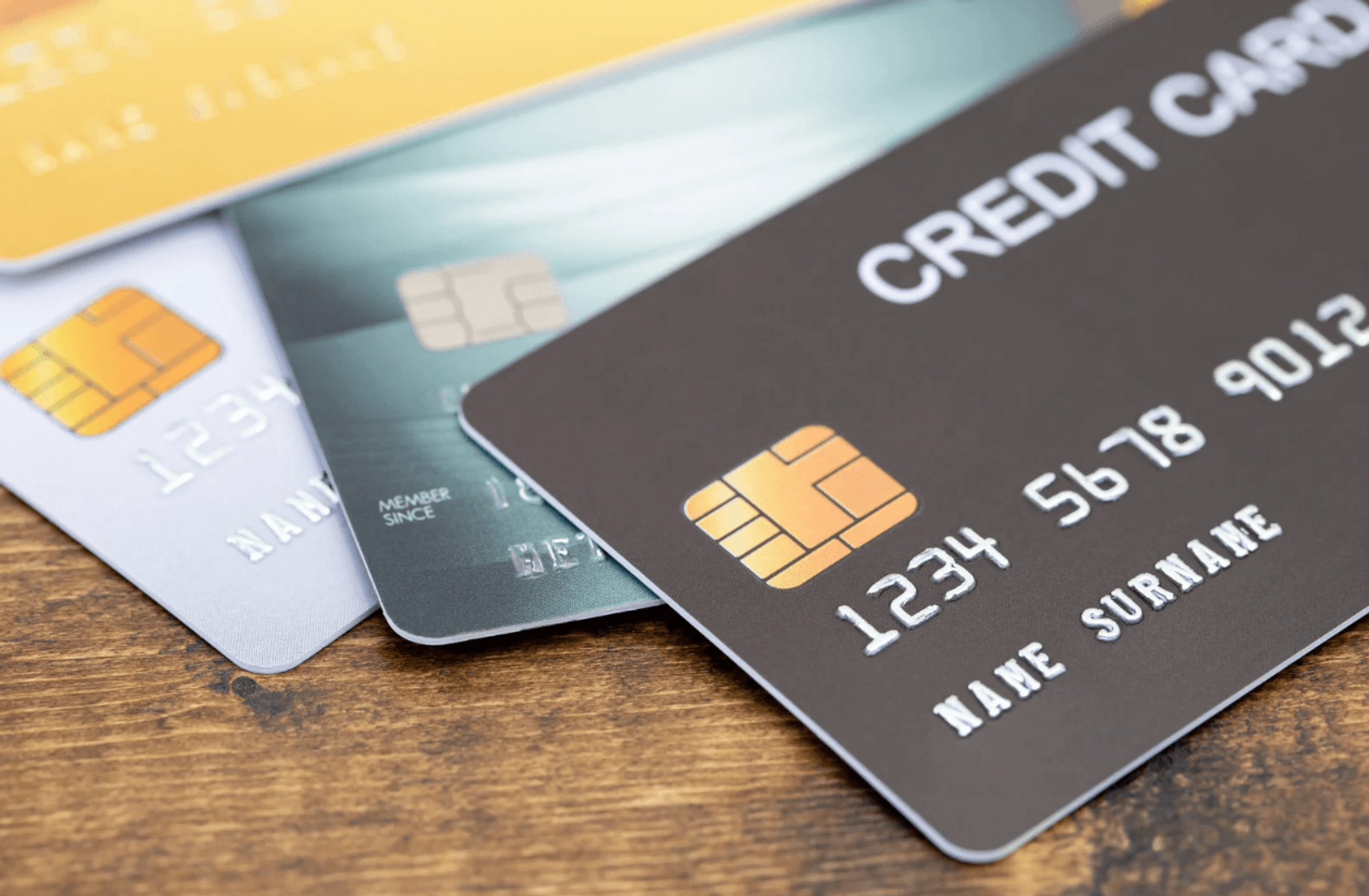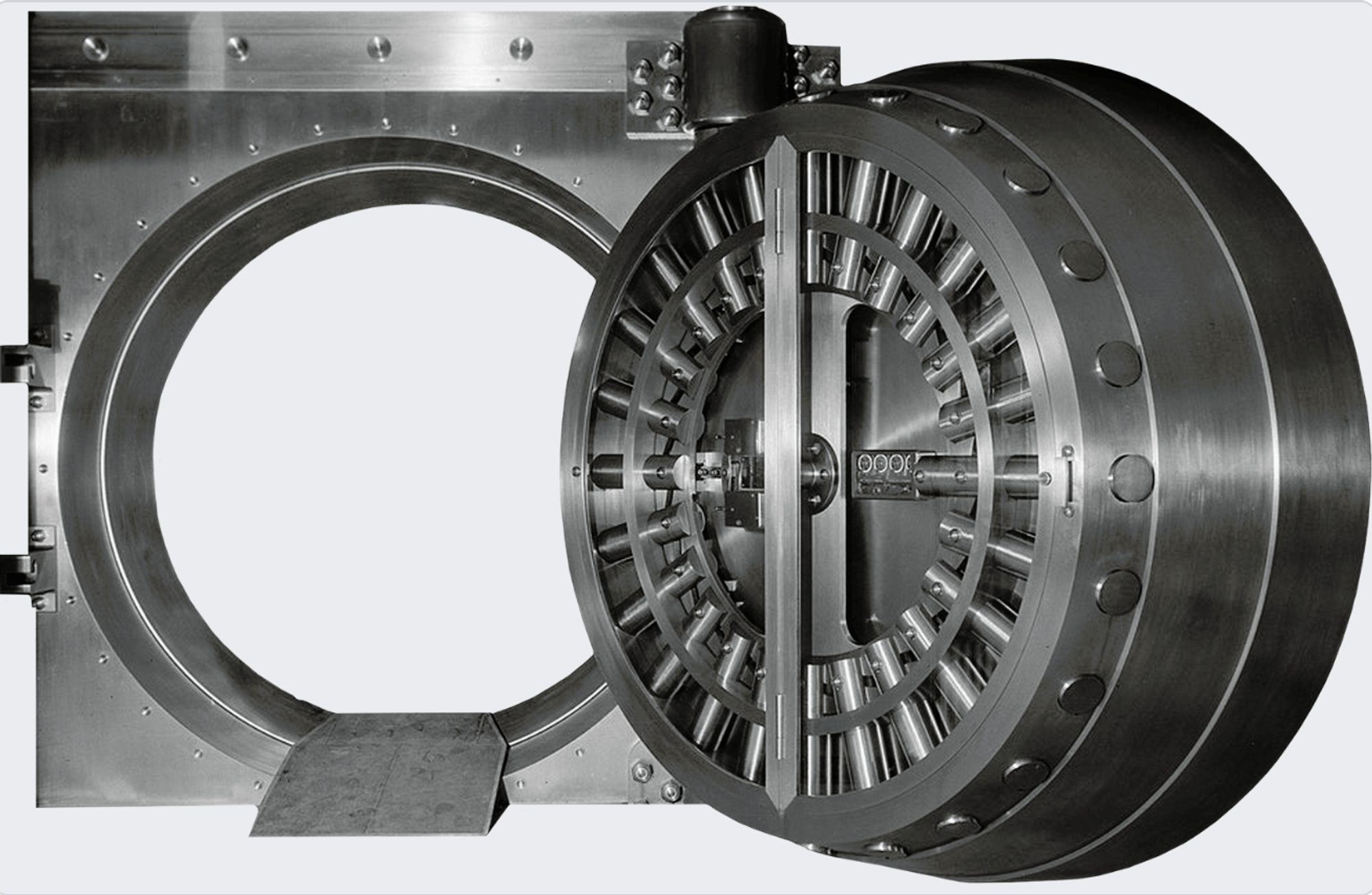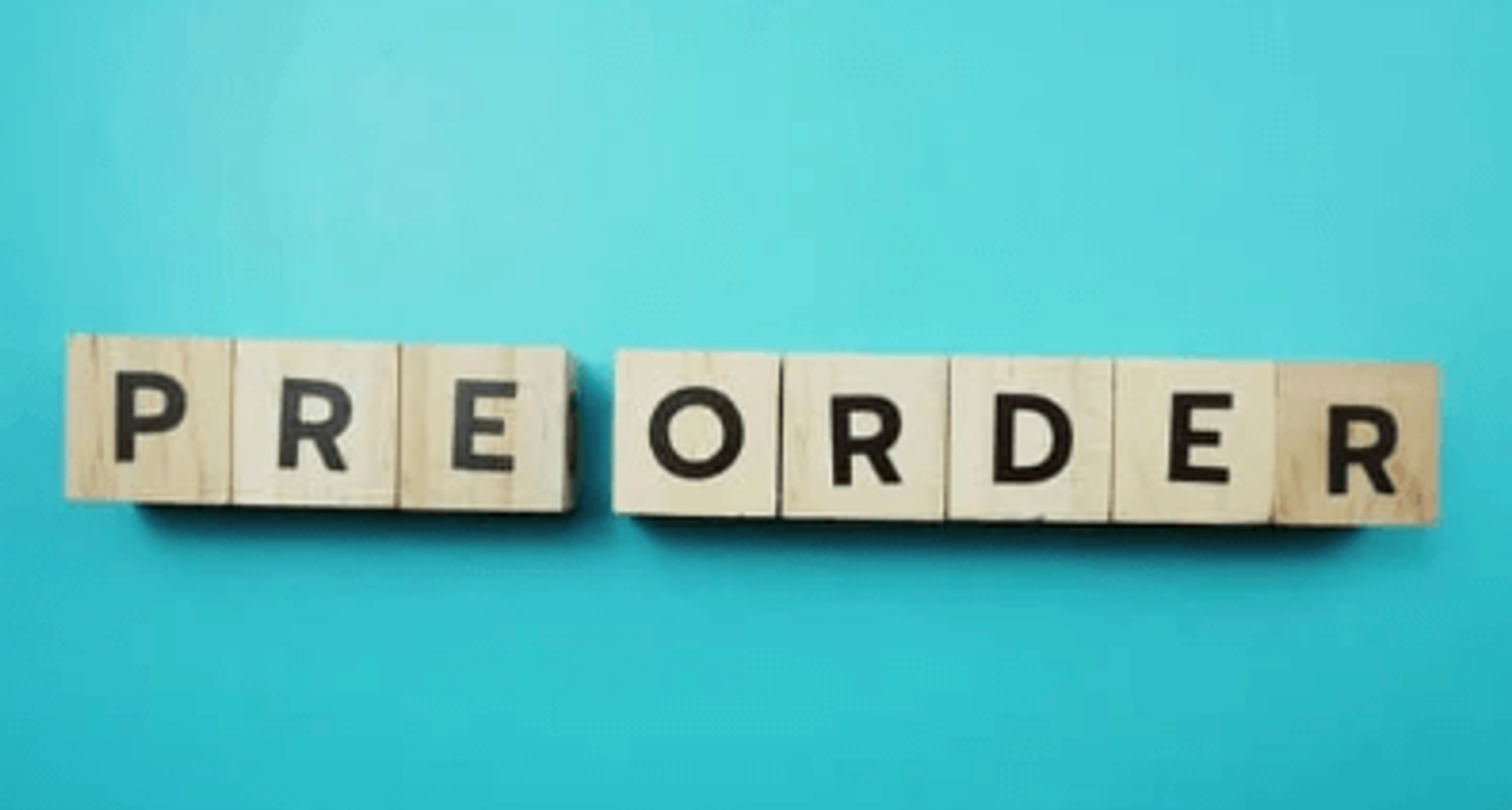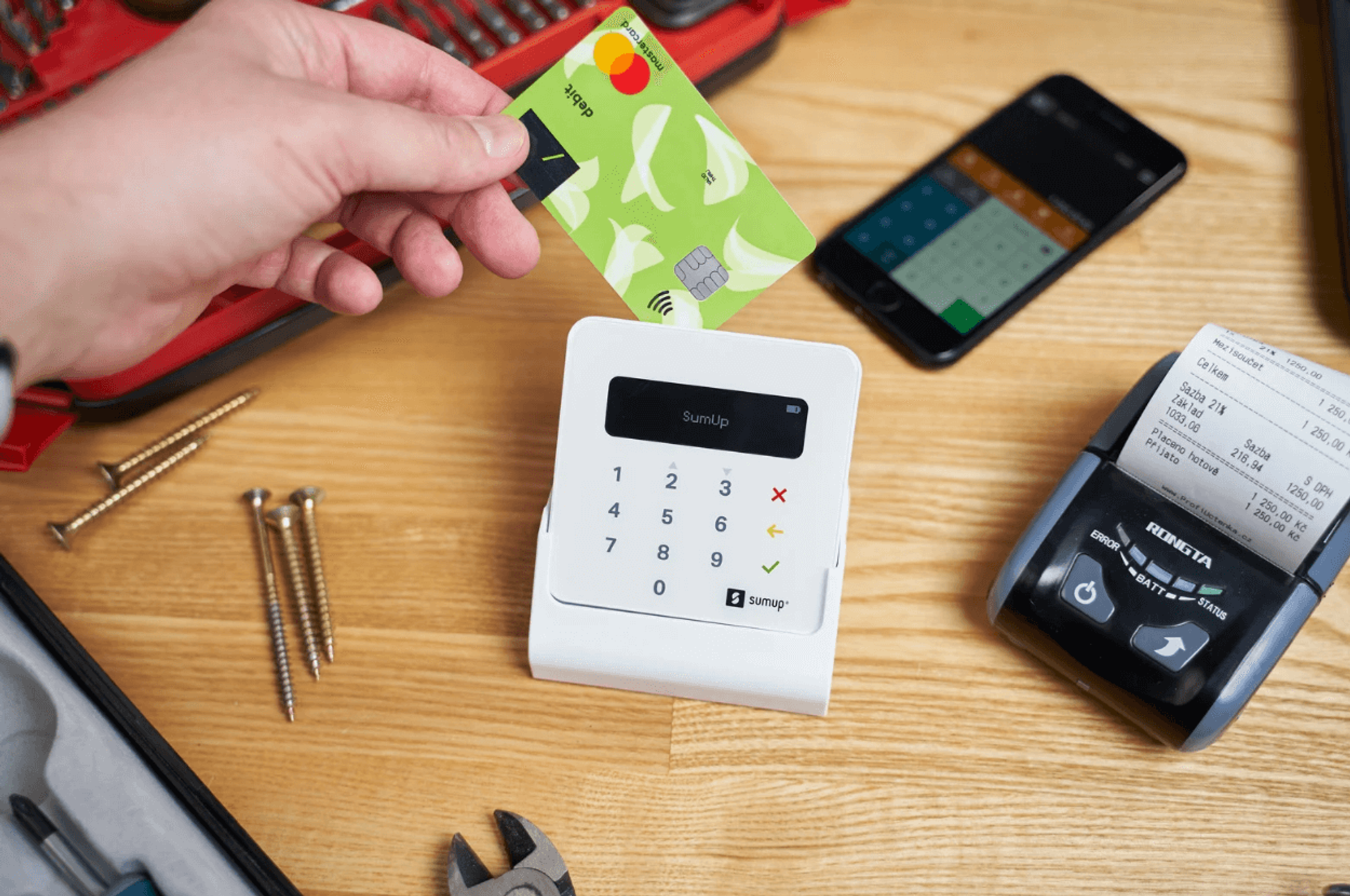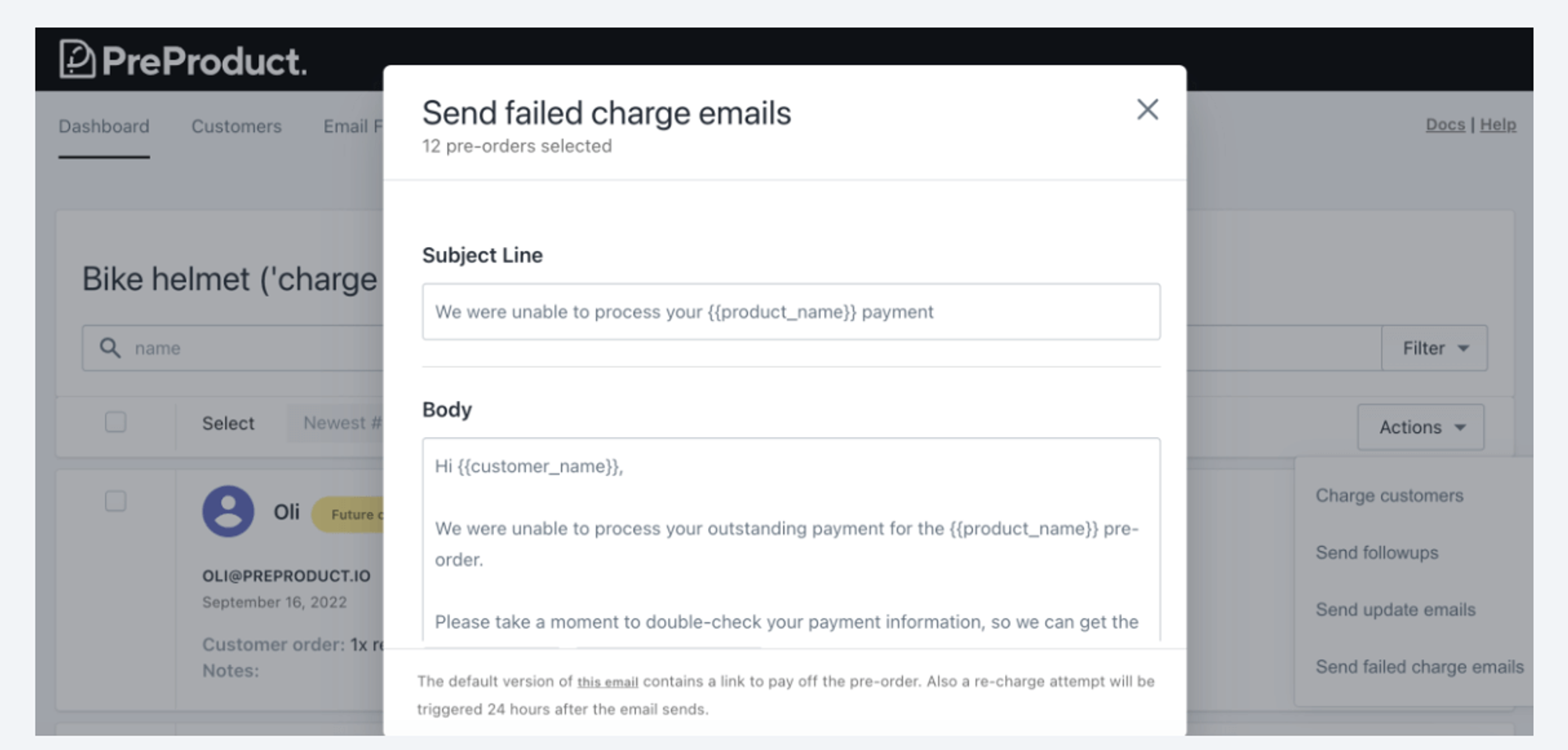Before evaluating the best pre-order plugins, I just wanted to highlight that I personally run a Shopify pre order plugin, PreProduct.
We also have a YouTube video on ensuring a great Shopify pre-order plugin experience for your customers here.
Introduction
Shopify offers many pre-order plugin options within the Shopify app store. A pre-order is an arrangement where a customer agrees to buy a product before it is officially released or becomes available for general sale. This can involve paying for the product upfront or paying at a later stage, or may require a deposit and the remaining amount to be paid later.
Pre-orders can be used for many different scenarios including; for out of stock products, new product releases, limited edition releases and made to order products. Pre-orders can help to boost sales, and increase revenue, additionally, as well as to help businesses gauge demand for their products and adjust production accordingly, and reduce wastage.
There are many benefits of using a Shopify pre-order plugin to manage preorders including; boosting cashflow, managing the pre-order process in an organised manner, gauging demand and reducing risk, whilst building hype and excitement around new product releases and re-stocks. When you sell out of stock, a pre-order plugin will allow you to still collect orders/revenue and avoid losing customers to a competitor.
The best pre-order plugins often allow merchants to market benefits or incentives for those customers who place an order, such as exclusive behind-the-scene updates, special editions, or discounts, to assist in convincing customers to purchase a product before its public release date.
Pre-order features
There are many possible features that pre-order manager plugins for Shopify offer, including;
- Deposits/partial payments: allows you to charge an initial amount up-front and the remaining payment at a later date when suits your business.
- Pre-order discounts: allows a discount to be offered on pre-order campaigns, rewarding customers for supporting your product launch, and incentivising them to make the pre-order.
- Custom pre-order button & companion wording: Customisation to ensure the pre-order button follows your business branding, whilst the wording above the pre-order button allows you to communicate important information like estimated shipping date.
- Different pre-order types: charge upfront pre-order, charge later pre-order, capture only pre-order, and deposit pre-order (as mentioned above).
- Pre-order limits: if you have limited stock coming in, you may want to limit variants/products as to manage overselling.
- Automations: some plugins will automate certain processes, saving you time. For example, the ability to schedule pre-orders or manage pre-orders automatically according to product stock levels.
- Reporting: allowing pre-order management by viewing and updating pre-order, as well as pre-order items.
- Pre-order listings with specific variants: allow you to list only specific variants for pre-order.
- Isolating pre-order and buy-now items: allowing you to isolate buy-now products from pre-order products in the cart if required, and vice versa. This helps with the “double shipping” pre-order problem.
- Customer portals: Allows customers to view their pre-order and to view shipping updates etc.
- Comprehensive pre-order settings: Flexible shipping statements, discounts and manage which variants are on pre-order as opposed to buy-now.
Questions to ask yourself before picking a Shopify pre-order plugin
There are many pre-order plugins available in the Shopify app store, so it is important to work out which features from the above section you require. The questions we recommend asking yourself to determine this include:
- Checking for comprehensive guides/docs for reference when setting up a pre-order campaign, along with helpful plugin support.
- Checking for customisation and keeping on brand.
- Is flexible pre-order charging important to you? Or will you shipping pre-orders out quickly?
- Do you want to double-down on customer communication points, portals, emails, custom wording etc? Or are you more concerned with keeping the buyers journey as simple as possible.
- What are your requirements in terms of business needs and size, if you have a small business you may not need an plugin that allows you to list hundreds/thousands of products with deep ERP integrations, but communication and flexibility may be important to you. If you have a business with many SKUs/product you may need a pre-order plugin that allows you list thousands of products, with automation functionality.
This article will analyse the current best Shopify pre-order Shopify plugins available on the app store, and recommend the best pre-order plugins based on 3 categories; Free, Beginner Friendly and Premium/comprehensive.
Top pre-order plugins
Premium/comprehensive pre-order plugins
PreProduct next‑gen pre‑order
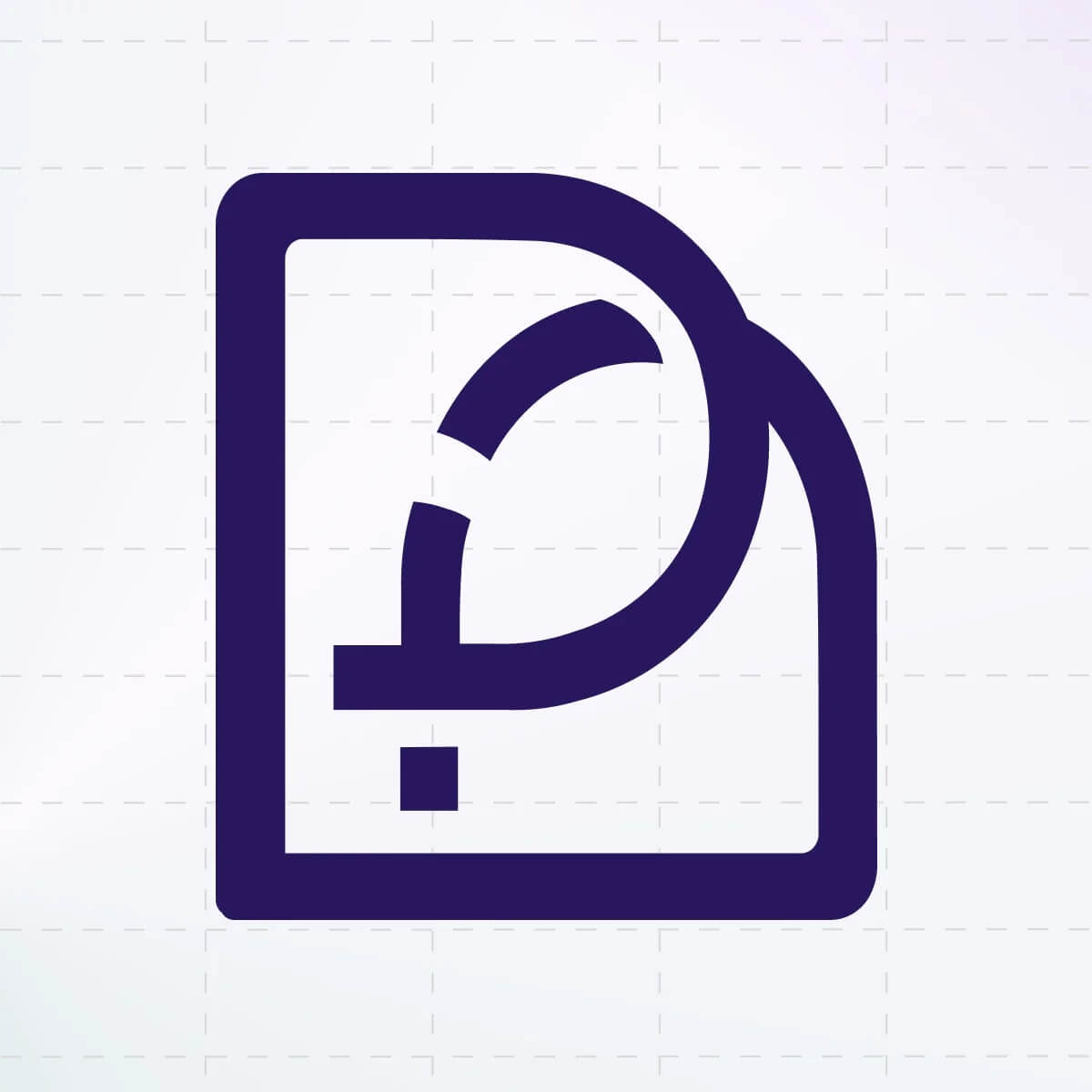
Obviously as this is our plugin, we are biased, but we do believe it is the best pre-order plugin available in the Shopify app store.
PreProduct lets brands capture pre-orders for upcoming product launches at any point in the new product cycle, along with listing out-of-stock products for pre-order, so you don’t miss out on sales.
There are many amazing functions and features available in PreProduct, with a few of them listed below.
PROS:
- Communicate via custom front-end wording, customer portals and an email campaign.
- Full customisation available for pre-order button, wording/messaging, email campaign.
- Charge when ready; pay-later, pay-now & deposit-based (partial payment option) pre-orders supported
- Capture only pre-orders allow you to gauge customer interest
- Offer pre-order discounts
- Deferred charges let customer’s approve a future payment in advance
- Fulfilment holds stop premature fulfilment.
- Accept mixed-carts or opt in to isolating pre-orders in their own carts/orders.
Notify! Back in Stock|PreOrder

Pre order with partial payment for presale products. Send auto restock alerts to waiting lists.
PROS:
- Customization options, such as personalized email templates and product variant selection for back in stock notifications
- Get reports about lost sales and revenue recovered with reminders to convert.
DC Pre‑orders | Preorder NOW

DC Preorders simplifies pre-orders, backorders, and B2B pre-sales.
PROS:
- Manage inventory levels easily & handle complex ordering scenarios
- Offer flexible preorder purchase options – pay later, deposits & partial payment
Beginner friendly pre-order plugins
EZ PreOrder: Presale Manager
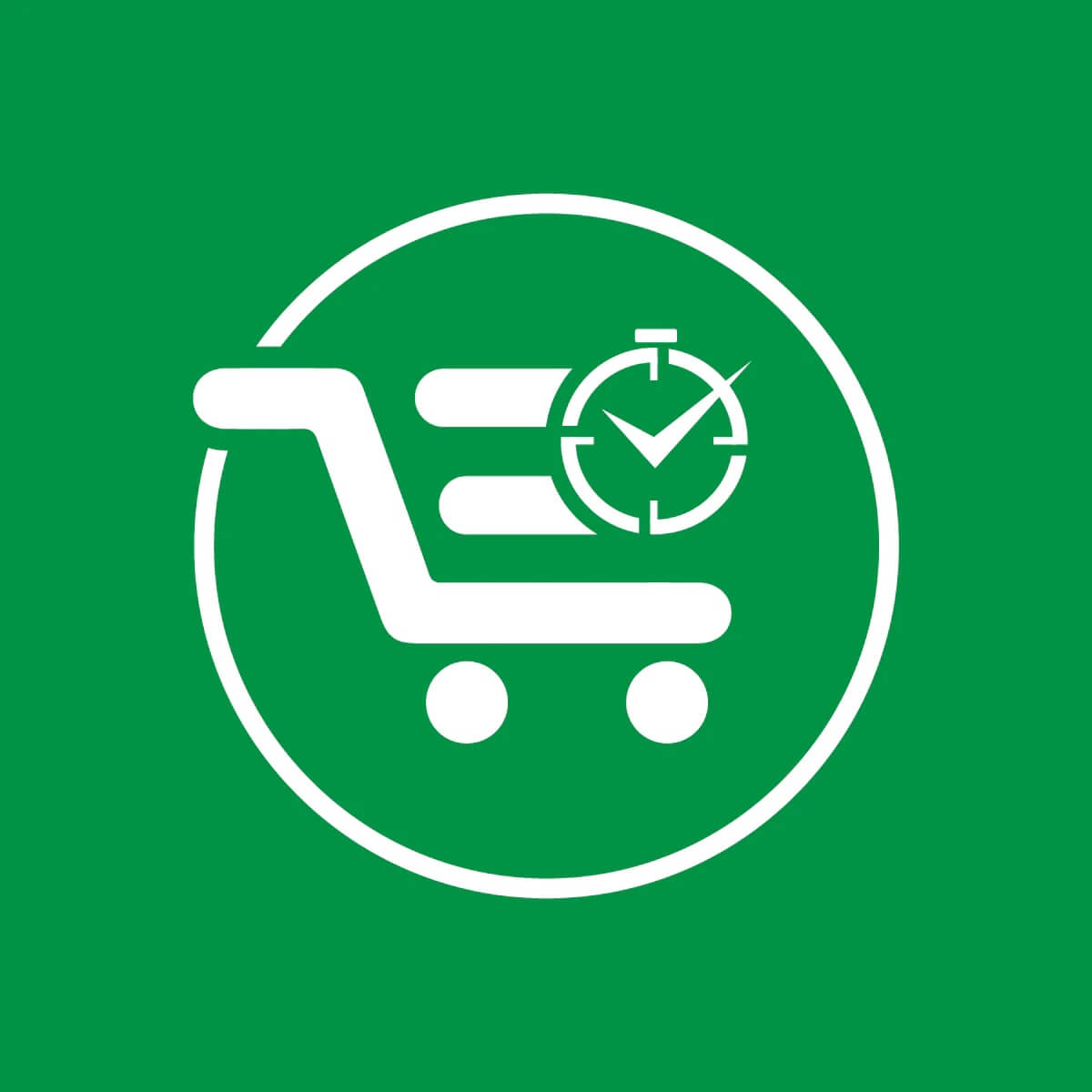
Start accepting pre orders on any products regardless of inventory levels, all with one click.
Unlimited pre-orders for $5 per month, for bulk listing functionality it is $10 per month.
PROS:
- 3 pre-order rules based on inventory.
- Easy to view all of your pre-orders, sort by fulfilment status and see order total.
Preorder Wolf | Pre order now

Preorder Wolf lets you accept orders for products you don’t have at hand right away. While setting the correct expectations with your customers regarding when will they get their order. You can enable Preorders for specific products/variants, Collections or All Products.
PROS:
- No Coding required, 24/7 quick and professional support.
- Effective pre-order functionality, easy setup, and customization options.
Pre-order NOW WOD
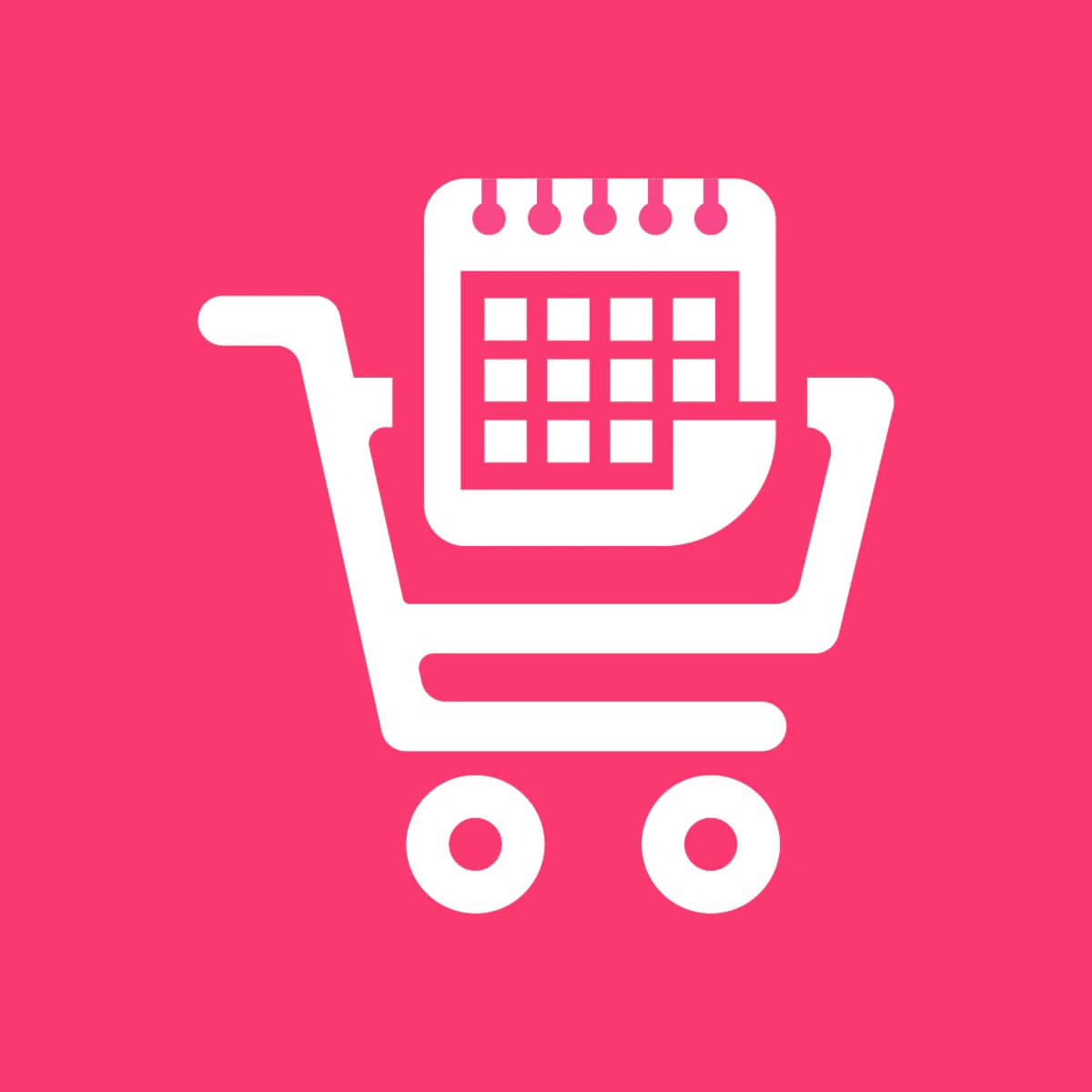
Ideal for print-on-demand stores, this tool lets you gauge interest in new designs without inventory risk, manage demand surges with ease, and offer exclusive discounts for preorders.
PROS:
- Easy to use, with seamless integration and customization options.
- Replace out-of-stock products with pre-order buttons, enhancing inventory management and pre-order conversion rates.
Free pre-order plugins
At the time of writing, we’re testing a commission-only plan for PreProduct where you don’t pay anything unless you successfully receive paid pre-orders.
Timesact Pre order Notify Me Pre‑Order

Timesact helps you easily toggle between between in-stock and pre-order offerings for your customers.
The plugin offers the FIRST 10 presale orders for free.
PROS:
- 24/7 support to help you get set-up quickly
- Save time by turning pre-orders & restocks on/off based on inventory levels
- Build hype with countdown timers on coming soon, drops, pre-sales & restocks
PreOrder Globo | Back in Stock
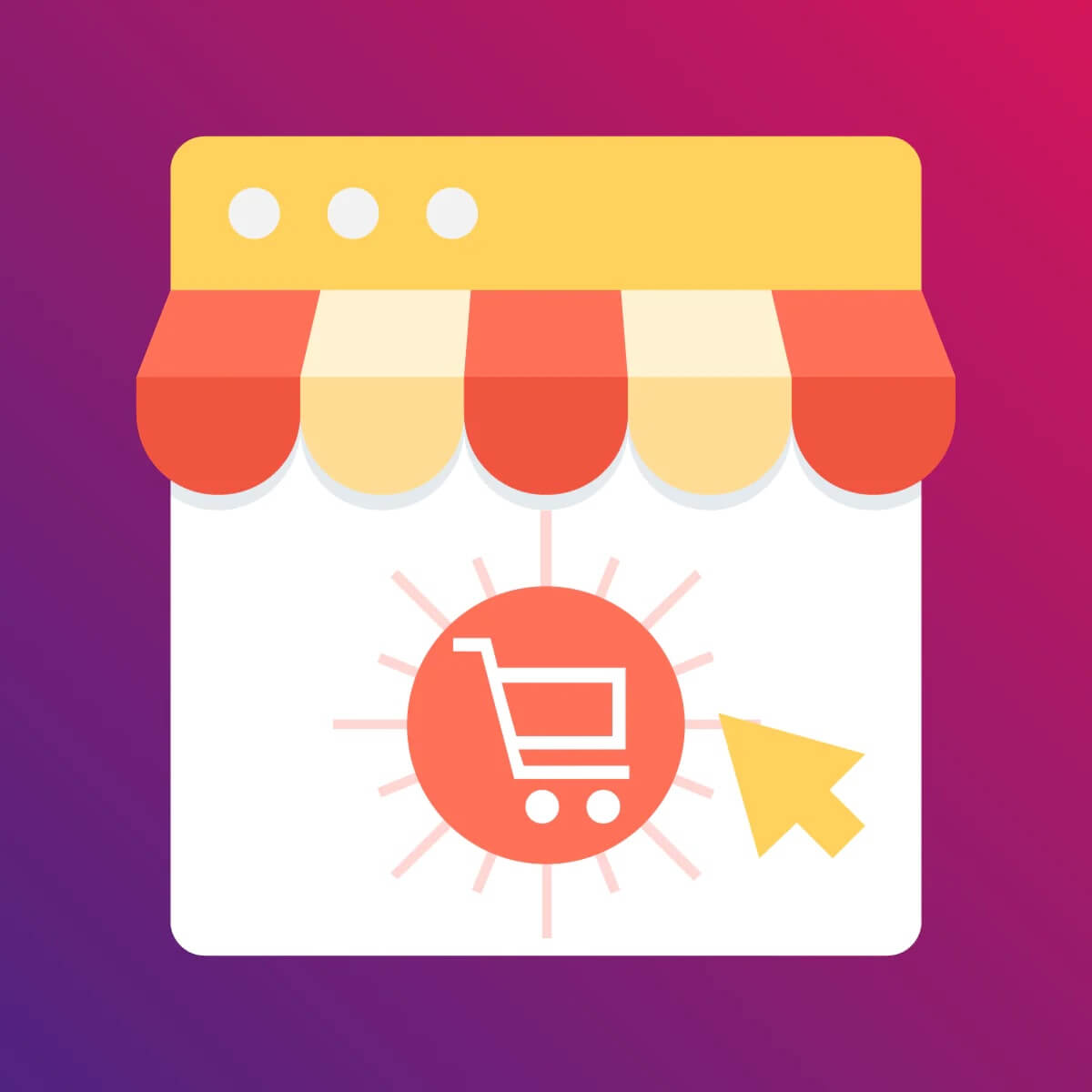
Merchants value this plugin for its reliable pre-order and out-of-stock notification features, along with customization options and pricing flexibility.
First 10 pre-sales FREE, so allows you test out using pre-orders and see if it is beneficial for your business.
PROS:
- The support team is recognized for their efficiency and responsiveness.
- Easy to configure pre-orders based on inventory, date time start/end preorder.
Appikon – Pre-order
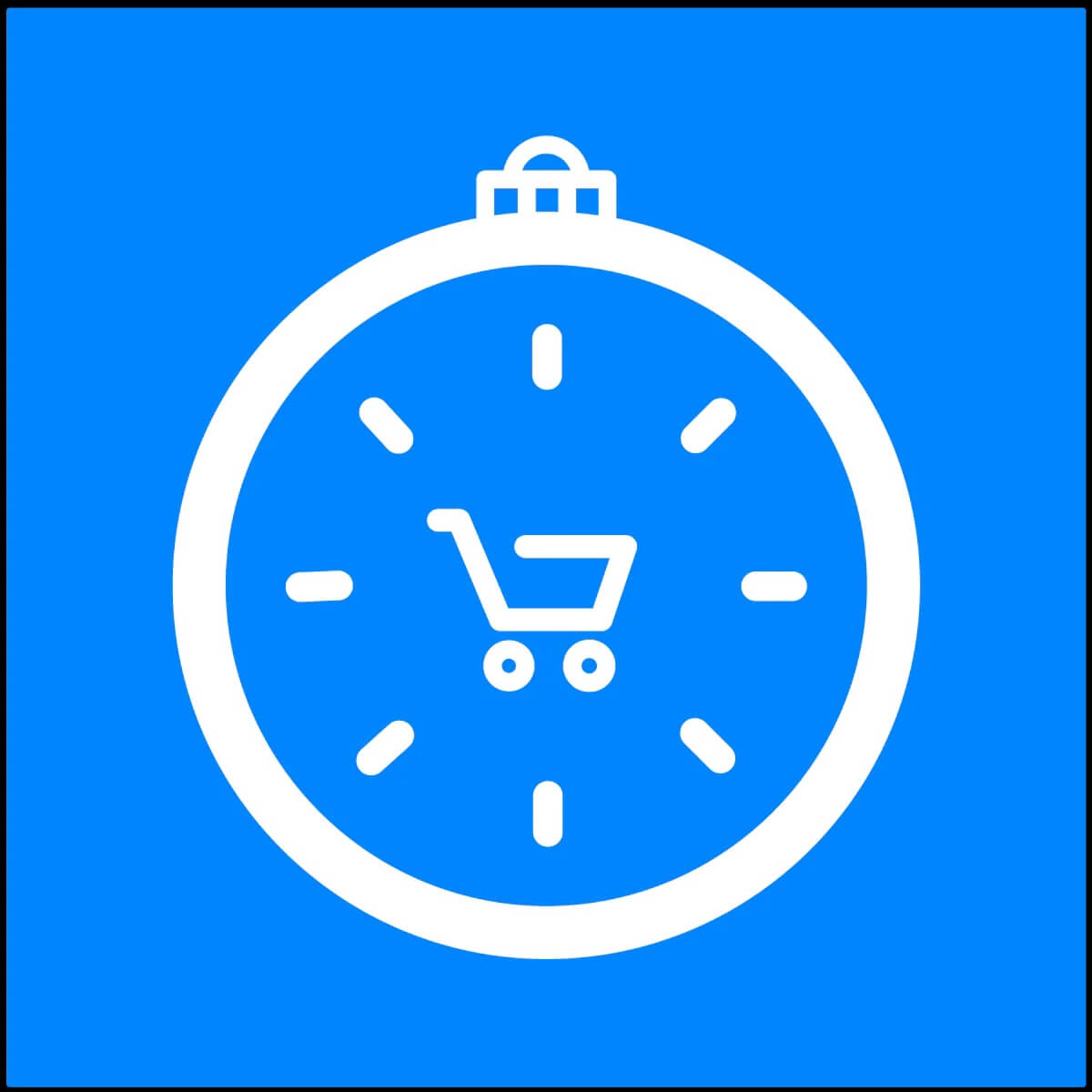
Automatically create waitlists or pre order lists for sold out, out of stock, and coming soon products.
It’s ideal for new businesses, offering a free plan for the first product.
PROS:
- The plugin swaps Add-to-Cart buttons with Pre Order buttons so very simple to set-up with a very user-friendly interface.
- Create preorders & waitlists to sell more “coming soon” & “out of stock” items.
Summary
In this article we have discussed what a pre-order is and the many features that pre-order plugins will offer.
We then looked at the questions you need to answer regarding the needs of your business, your business size, your specific use case situation, in order to determine which Shopify plugin will best meet your needs.
After this, we explored some of the currently available options on the Shopify app store, breaking them down by three categories: Premium/comprehensive, Beginner friendly and Free. We recommended our top three plugins for each of these categories.
Hopefully this article has been helpful for deciding which pre-order plugin to move forwards with. As a general rule, experimenting by putting a test product on pre-order first before rolling out anything to customers will ensure you’re comfortable with your chosen solution before going live and can iron out any issues.
If you have any outstanding questions/concerns, feel free to leave a comment below or email me personally: eliza(at)preproduct.io












